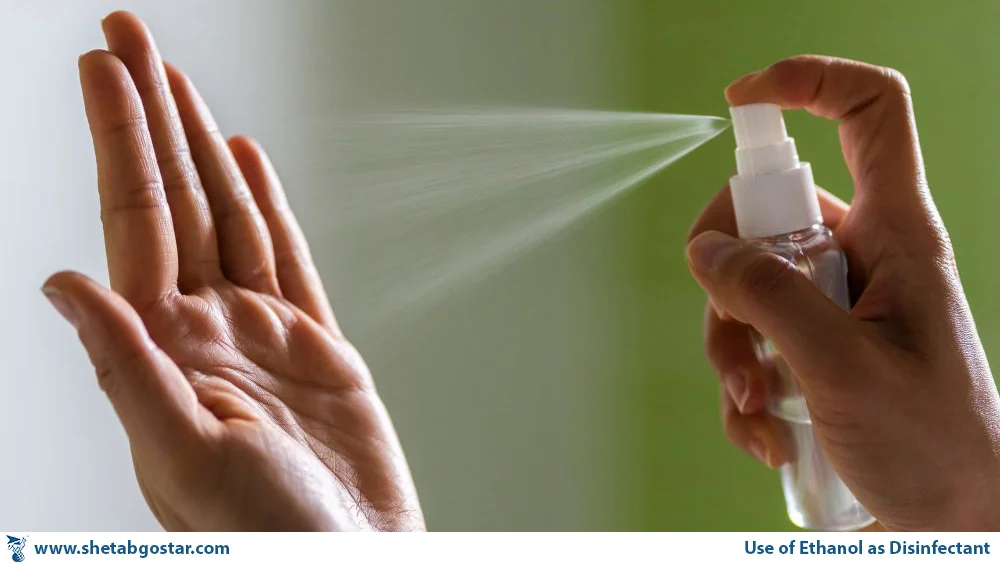Uses of Ethanol
Ethanol, also known as ethyl alcohol, is a versatile and widely used chemical compound with numerous applications in various industries. Its unique properties make it a valuable resource for disinfection, fuel production, and even cosmetic formulations. In this article, we will delve into the different uses of ethanol, exploring its role as a disinfectant, fuel, and ingredient in cosmetics.
Ethanol as a Disinfectant
One of the most well-known uses of ethanol is its effectiveness as a disinfectant. It’s ability to kill microorganisms makes it an invaluable tool in maintaining cleanliness and preventing the spread of harmful pathogens. When applied to surfaces or skin, it acts by denaturing proteins, breaking down cell membranes, and disrupting vital metabolic processes, ultimately leading to the destruction of harmful bacteria and viruses.
In healthcare settings, ethanol is commonly used to disinfect medical instruments, laboratory equipment, and even surfaces in hospitals. Its rapid evaporation rate and broad-spectrum antimicrobial activity make it an ideal choice for sterilization purposes. Ethanol-based hand sanitizers have also gained popularity as a convenient and effective way to maintain hand hygiene, especially when soap and water are not readily available.
Furthermore, ethanol’s disinfecting properties extend beyond the medical field. It finds application in the food industry to sanitize food preparation surfaces, equipment, and containers. It is also utilized in the manufacturing of various household cleaning products, ensuring that our homes remain free from harmful germs and bacteria.

Ethanol as a Fuel
Ethanol’s use as a fuel dates back centuries, and it continues to play a significant role in the energy landscape today. In recent years, there has been a growing interest in ethanol as a renewable and sustainable alternative to fossil fuels. It can be produced from various renewable sources, such as corn, sugarcane, and even agricultural waste, making it a viable option for reducing greenhouse gas emissions and dependence on non-renewable resources.
One of the primary applications of ethanol as a fuel is in the form of bioethanol. Bioethanol is blended with gasoline to create a fuel known as E10, which contains 10% ethanol. This blend is commonly used in vehicles, helping to reduce carbon monoxide and other harmful emissions. In some countries, higher ethanol blends, such as E85 (85% ethanol), are available for use in flex-fuel vehicles.
Moreover, ethanol can also be used as a clean-burning fuel in stoves, lamps, and even as a component in rocket propellants. Its high energy content, low toxicity, and ability to burn cleanly without producing significant pollutants make it a suitable choice in various applications.
Ethanol in Cosmetics
Ethanol’s properties as a solvent and preservative make it a valuable ingredient in the cosmetic industry. It is widely used in the formulation of skincare products, haircare products, perfumes, and even nail polishes. Ethanol’s ability to dissolve both water-soluble and oil-soluble compounds allows it to effectively carry active ingredients and improve the stability of cosmetic formulations.
In skincare products, ethanol acts as a penetration enhancer, aiding the absorption of active ingredients into the skin. It also provides an astringent effect, helping to tighten pores and reduce excess oil. Ethanol’s antimicrobial properties further contribute to product preservation, ensuring that cosmetic formulations remain free from microbial contamination.
Additionally, ethanol is commonly found in perfumes and fragrances. Its ability to dissolve aromatic compounds allows the fragrance to blend seamlessly and release its scent when applied to the skin. It’s quick evaporation rate also aids in the dispersion of fragrance molecules, allowing for a more even distribution.
Ethanol as Solvent
Ethanol is an excellent solvent, making it a popular choice across many industries due to its effectiveness and safety. As a clear, colorless, and mobile liquid, ethanol dissolves a variety of compounds, including oils, fats, and resins, and is commonly used in cleaning agents, disinfectants, and pharmaceutical products. Its solvent properties make it perfect for extracting cannabinoids and other plant compounds that are used in the creation of tinctures, oils, and other products for medicinal or recreational use. Ethanol’s versatility as a solvent can reduce the need for traditional organic solvents, which are usually more hazardous and less environmentally friendly.
One key benefit of using ethanol as a solvent is its high-boiling point, which makes it ideal for a wide array of applications, from industrial cleaning to pharmaceutical manufacturing. Ethanol is also soluble in water, making it perfect for creating various aqueous solutions. Despite its potency as a solvent, it is safe to handle due to its low toxicity and combustibility. With increasing awareness of the importance of environmentally friendly and sustainable practices, this product is increasingly used as a solvent alternative to other, less sustainable compounds. As a result, the ethanol as a solvent is expected to continue growing across several industries.
Conclusion
From disinfection to fuel production and cosmetic formulations, it proves to be a versatile compound with a range of applications. Its effectiveness as a disinfectant makes it an essential tool in maintaining hygiene and preventing the spread of pathogens. Ethanol’s role as a renewable fuel contributes to reducing greenhouse gas emissions and reliance on non-renewable resources. In cosmetics, ethanol’s solvent and preservative properties enhance product efficacy and stability. As we continue to explore and maximize the potential of this product, its uses are likely to extend even further, benefiting various industries and our daily lives.







